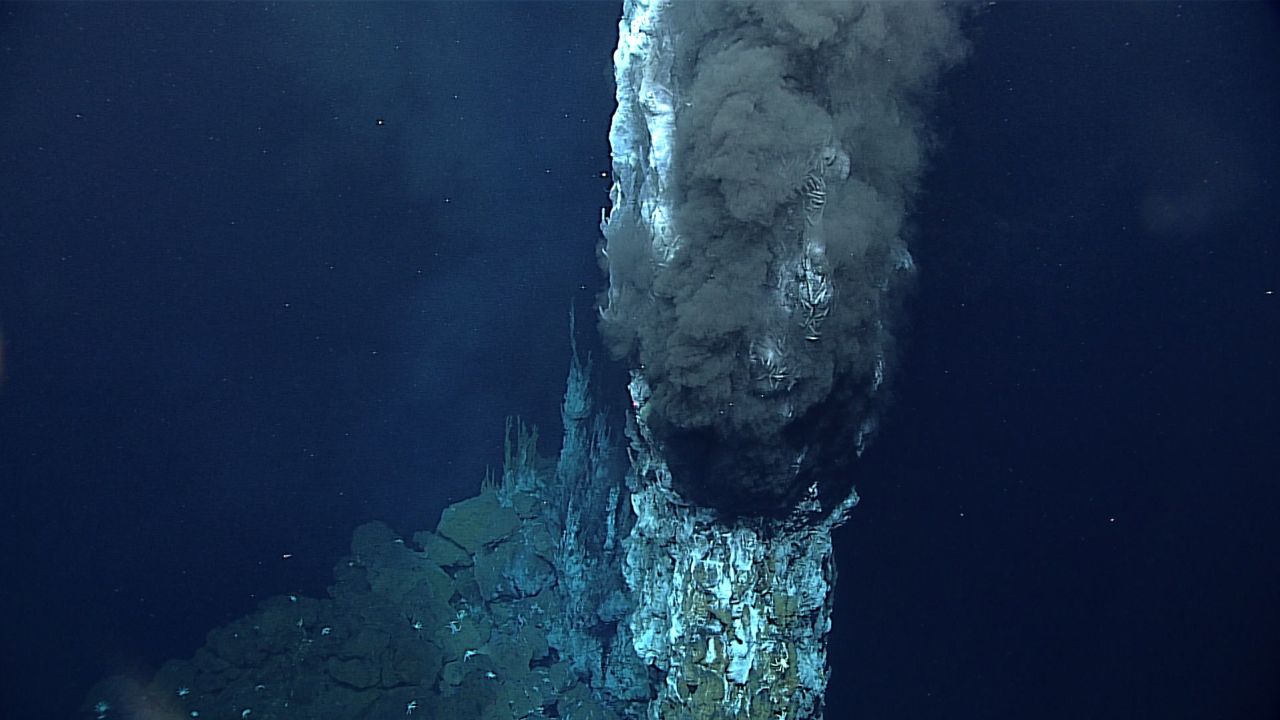Editor’s note: Sign up for CNN’s Wonder Theory science newsletter. Explore the universe with news on fascinating discoveries, scientific advancements and more.
Just as Earth’s land surface has enormous peaks and valleys, the oceanic world has similarly varied topography.
Perhaps the most intriguing of these features is the Mariana Trench — a chasm in the western Pacific Ocean that spans more than 1,580 miles (2,540 kilometers) and is home to the Challenger Deep, the deepest known point on Earth’s surface that plunges more than 36,000 feet (about 11,000 meters) underwater.
That’s nearly three times deeper than the site where the wreckage of the RMS Titanic lies in the Atlantic Ocean, and it’s deeper than Mount Everest is tall.
Here are some fascinating facts about this deep-sea phenomenon.
1. ‘Titanic’ director James Cameron is one of the few people who have visited
Few human expeditions have ventured to the Challenger Deep.
The first came in 1960 with the historic dive of the Trieste bathyscaphe, a type of free-diving submersible. During the dive, passengers Jacques Piccard and Don Walsh said they were stunned to see living creatures where scientists once imagined it was impossible for anything to survive.
“Right away, all of our preconceptions about the ocean were blown out the window,” Dr. Gene Feldman, an oceanographer emeritus at NASA, previously told CNN. He spent more than 30 years at the space agency.
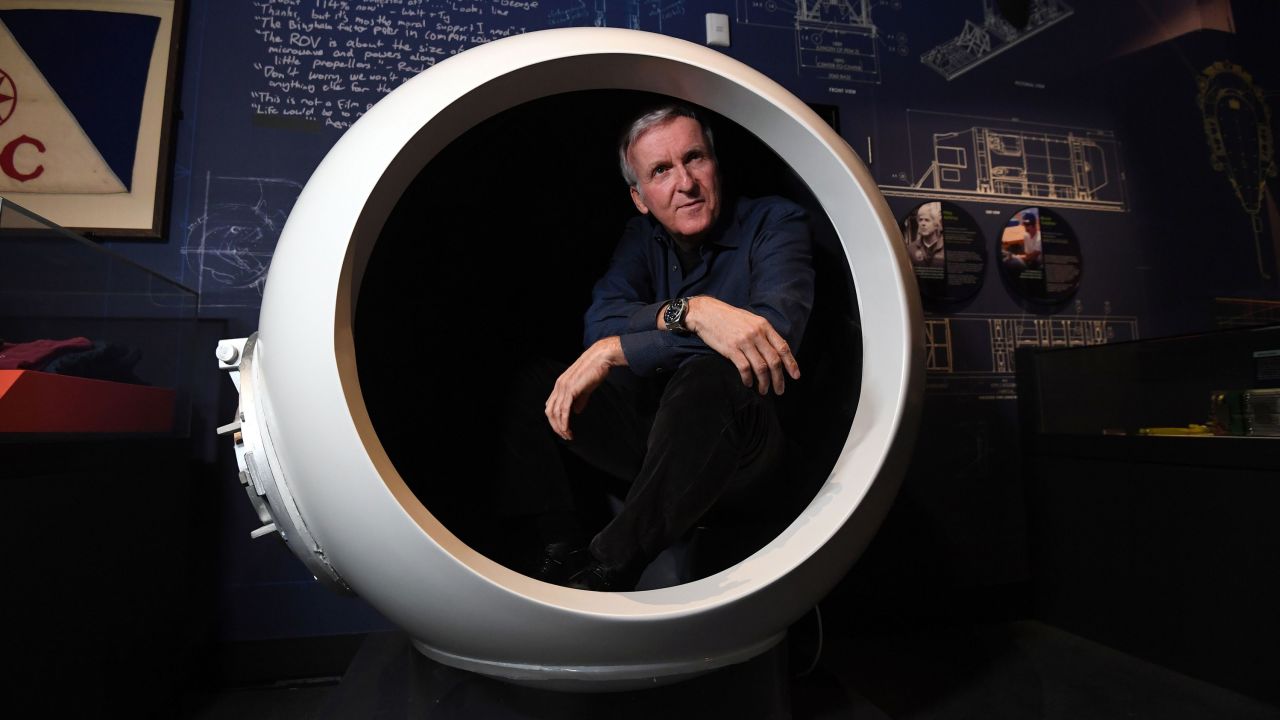
James Cameron, director of the 1997 film “Titanic,” was the next deep-sea explorer to follow. He piloted a submersible — one that he personally had helped design — to about 35,787 feet (10,908 meters), setting a world record in 2012.
2. A plastic bag was found in the trench
Another explorer who returned to the site was Victor Vescovo, a Texas investor who journeyed 35,853 feet (10,927 meters) down and claimed a world record in 2019.
Vescovo gave depressing insight into humankind’s impact on these seemingly untouchable remote locations when he observed a plastic bag and candy wrappers at the bottom of the Mariana Trench.
A handful of explorers have trekked to the Challenger Deep since then, but the expeditions are not common — and the journey is extremely dangerous.

For every 33 feet (10 meters) traveled beneath the ocean’s surface, the pressure on an object increases by one atmosphere, according to National Oceanic and Atmospheric Administration. An atmosphere is a unit of measure that’s 14.7 pounds per square inch. A trip to the Challenger Deep can put a vessel under pressure that is “equivalent to 50 jumbo jets,” Feldman noted.
3. It lies in the hadal zone, named for the god of the underworld
Much like the Earth’s atmosphere, the ocean can be described in terms of layers.
The uppermost portion is called the epipelagic zone, or the sunlight zone, and extends just 660 feet (200 meters) below the water’s surface, according to NOAA.
The mesopelagic zone, or the so-called twilight zone, stretches from the end of the sunlight zone to about 3,300 feet (1,000 meters).
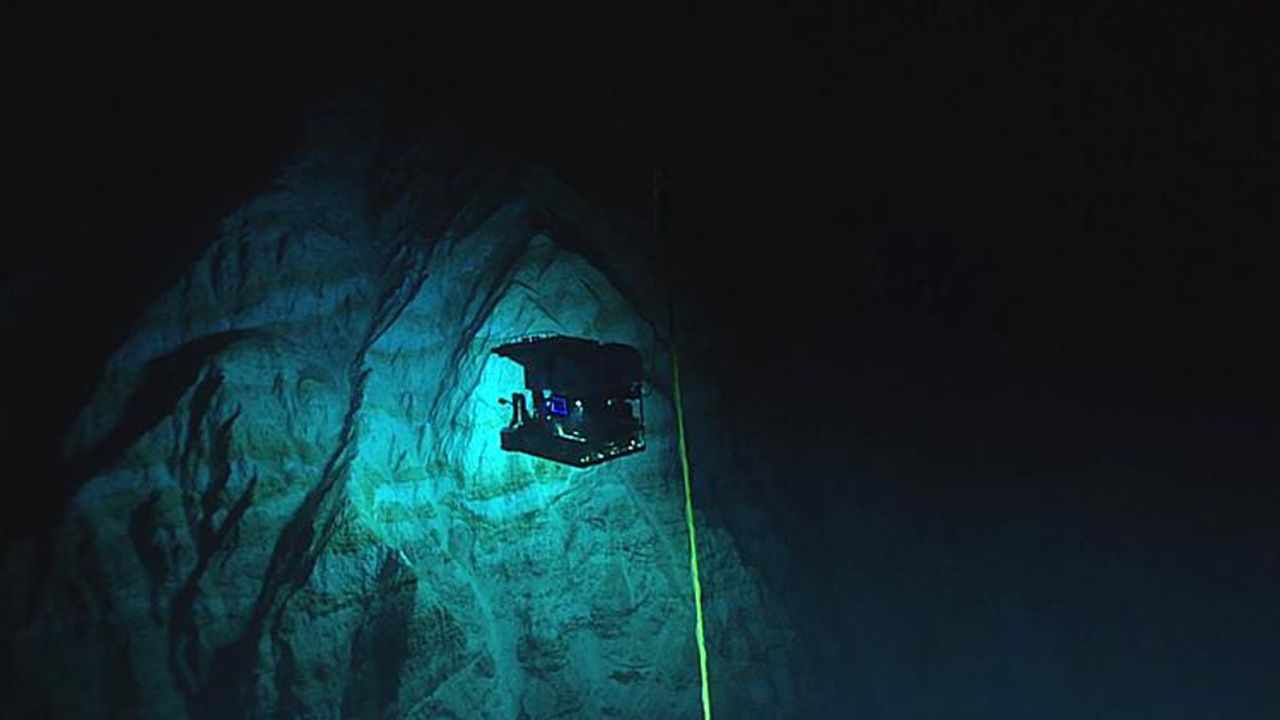
Then there’s the bathypelagic zone, also called the midnight zone, and, beneath that, the abyssopelagic zone — as in, the abyssal zone — that extends from 13,100 feet (4,000 meters) to 19,700 feet (6,000 meters). That’s nearly 4 miles underwater. Within the abyssal zone, few life-forms can survive, the water is completely devoid of light, and temperatures are near freezing.
But the Challenger Deep lies even further — in the hadalpelagic zone, or the hadal zone. It’s named for Hades, the Greek god of the underworld thought to rule over the dead.
4. It’s home to unique aquatic life and mud volcanoes
The hadal zone is one of the least explored habitats on Earth. At bone-crushing depths with no sunlight, it was long thought that nothing could survive there.
But that belief has been dispelled.
“Even at the very bottom, life exists. In 2005, tiny single-celled organisms called foraminifera, a type of plankton, were discovered in the Challenger Deep,” according to NOAA.
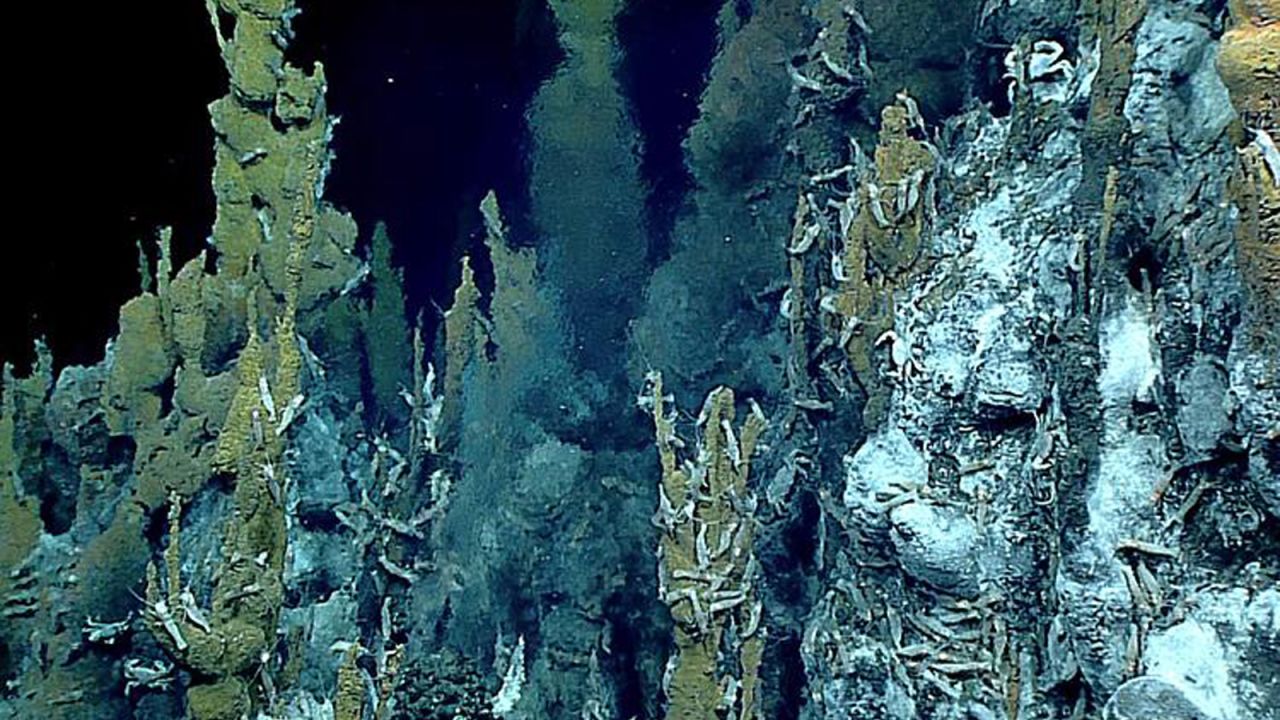
Discoveries at the Challenger Deep have included colorful rocky outcrops and bottom-dwelling sea cucumbers.
A series of undersea mud volcanoes and hydrothermal vents in the Mariana Trench also support unusual life-forms, according to NOAA. Despite the highly acidic and infernally hot water produced by hydrothermal vents in mud volcanoes, exotic species and microscopic organisms there are able to survive.
In the absence of sunlight, the creatures instead benefit from the nutrient-rich waters belched out from hydrothermal vents. The life-supporting medium results from chemical reactions between the seawater and magma rising from beneath the ocean floor.
5. The Mariana Trench was designated as a US national monument in 2009
The Marianas Trench Marine National Monument was established in 2009, in part to protect the rare organisms that thrive within its depths.
Objects of interest include the submerged ecosystem and its life-forms, such as deep-sea shrimp and crabs, and — higher up in the water column — stony coral reefs.
“A great diversity of seamount and hydrothermal vent life (is) worth preservation,” according to NOAA.
The entire national monument protects about 95,000 square miles (246,049 square kilometers).
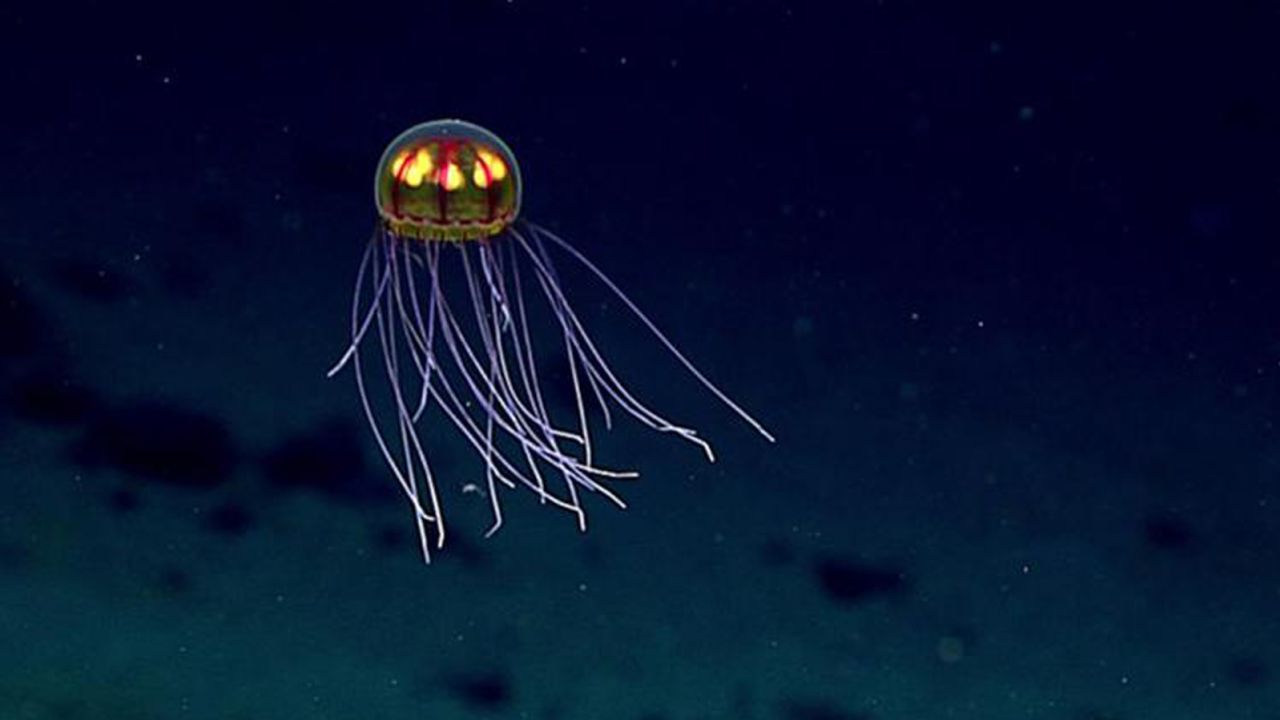
6. It’s difficult to know just how deep the trench goes
The ocean floor remains one of the most mysterious places in the universe.
In fact, “we have better maps of the moon and Mars than we do of our own planet,” Feldman previously told CNN.
Though people have been exploring the ocean’s surface for tens of thousands of years, only about 20% of the seafloor has been mapped, according to 2022 figures from NOAA.
Given high interest in the Mariana Trench, however, researchers have made several efforts to give increasingly detailed pictures of its features. But that’s not easy: Due to the vastness and deepness of the bottommost ocean zone, scientists must rely on sonar, or acoustic, technology to attempt to give a full picture of what’s below.
Because instrumentation and technology are constantly improving, the estimated depth of the Challenger Deep has been updated as recently as 2021 to about 35,876 feet (10,935 meters).


